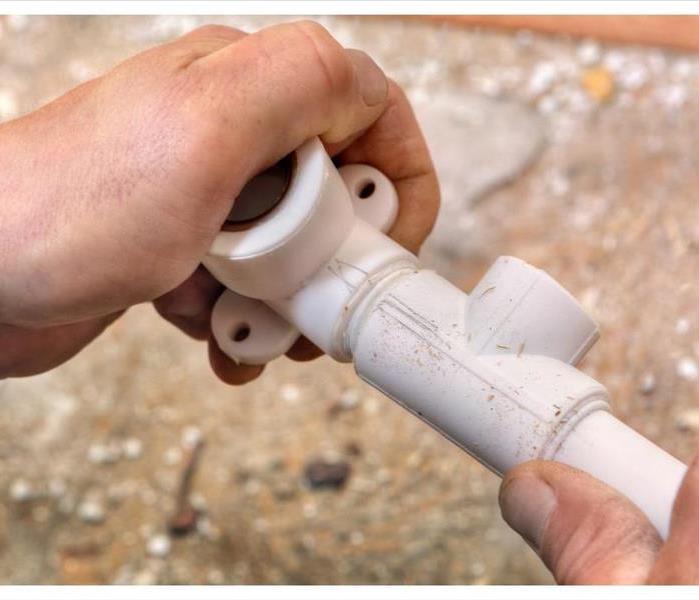Should I Replace My Polybutylene Pipes?
5/14/2020 (Permalink)
 From around 1970 until the 1990s, polybutylene pipes were installed in millions of commercial buildings
From around 1970 until the 1990s, polybutylene pipes were installed in millions of commercial buildings
If your building in Pulaski, TN is more than 20 years old, you need to have the plumbing inspected. From around 1970 until the 1990s, polybutylene pipes were installed in millions of commercial buildings. This type of plumbing was fairly inexpensive and installation was quick and easy, so it was an attractive choice for many business owners. Unfortunately, these pipes have proven to be inadequate and new plumbing must be installed.
What Are the Problems With Poly Pipes?
Water treatments, including anti-bacterial and chlorine, negatively react with the polybutylene, causing the pipes to become brittle and crack over time. Because the deterioration takes place inside the pipes, it is hard to detect until a serious problem occurs. The resulting water damage is much more expensive than the cost of replacing the pipes.
Other situations that have contributed to the poor quality of the pipes over the years include:
- Inadequate plumbing installation
- Equipment used during installation wasn’t calibrated correctly
- Pipe fittings degenerate quickly
The poor condition of the pipes not only increases the risk of flooding, but it also affects the quality of the water that flows through the pipes. This can pose a health risk to your employees. For these reasons, the building codes in the United States and Canada don’t recognize these pipes any longer. It may be nearly impossible for insurance to cover water damage caused by faulty pipes as well.
How Can You Tell if You Have Poly Pipes?
If your building was constructed in the 1970s through the 1990s, chances are high that you have these inadequate pipes. You should call a professional to inspect the plumbing as soon as possible. He or she will be able to give you the best advice to remedy the situation.
Installing new plumbing may seem too expensive, but the price of not replacing the polybutylene pipes will eventually be much more costly.



 24/7 Emergency Service
24/7 Emergency Service